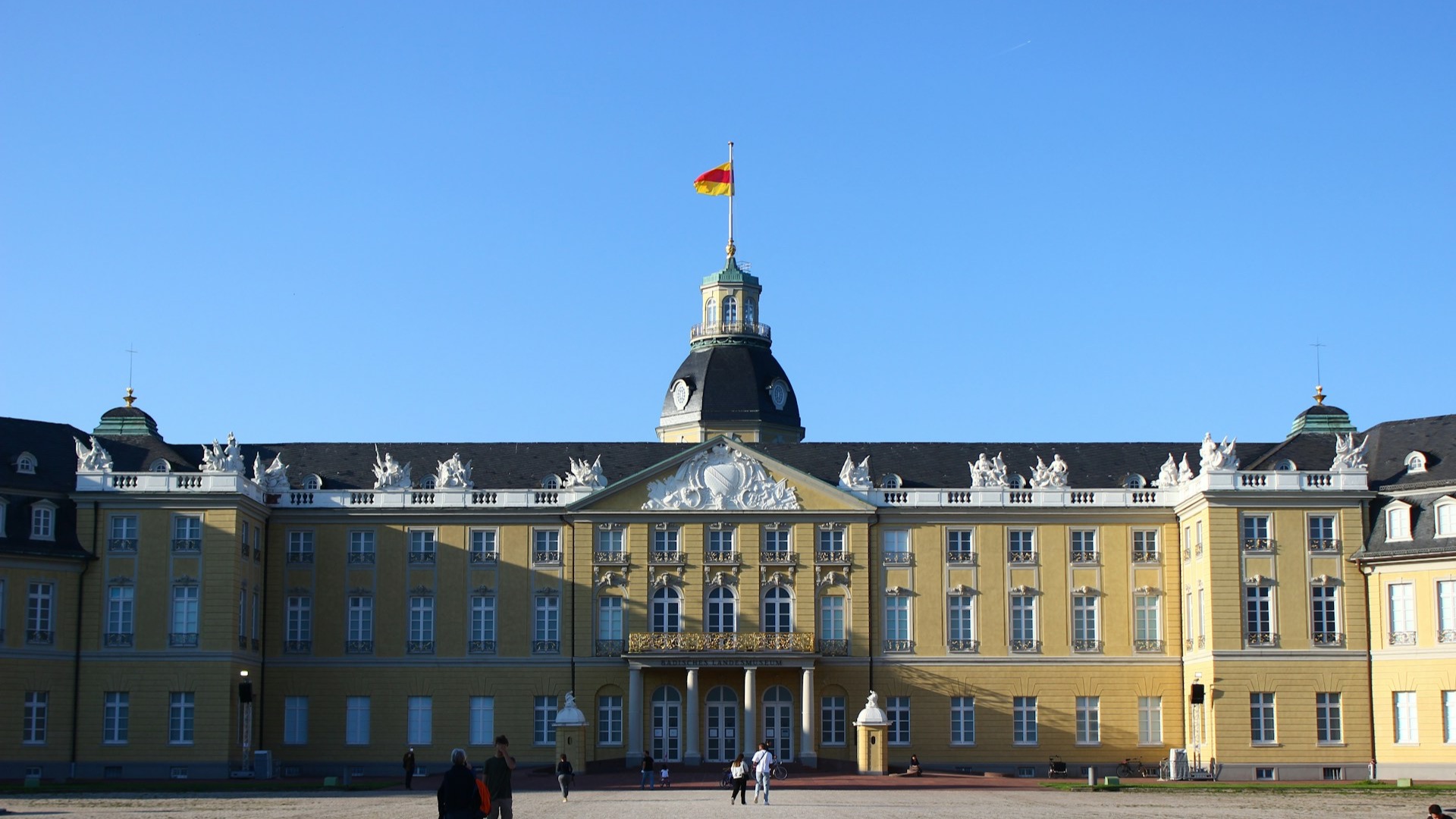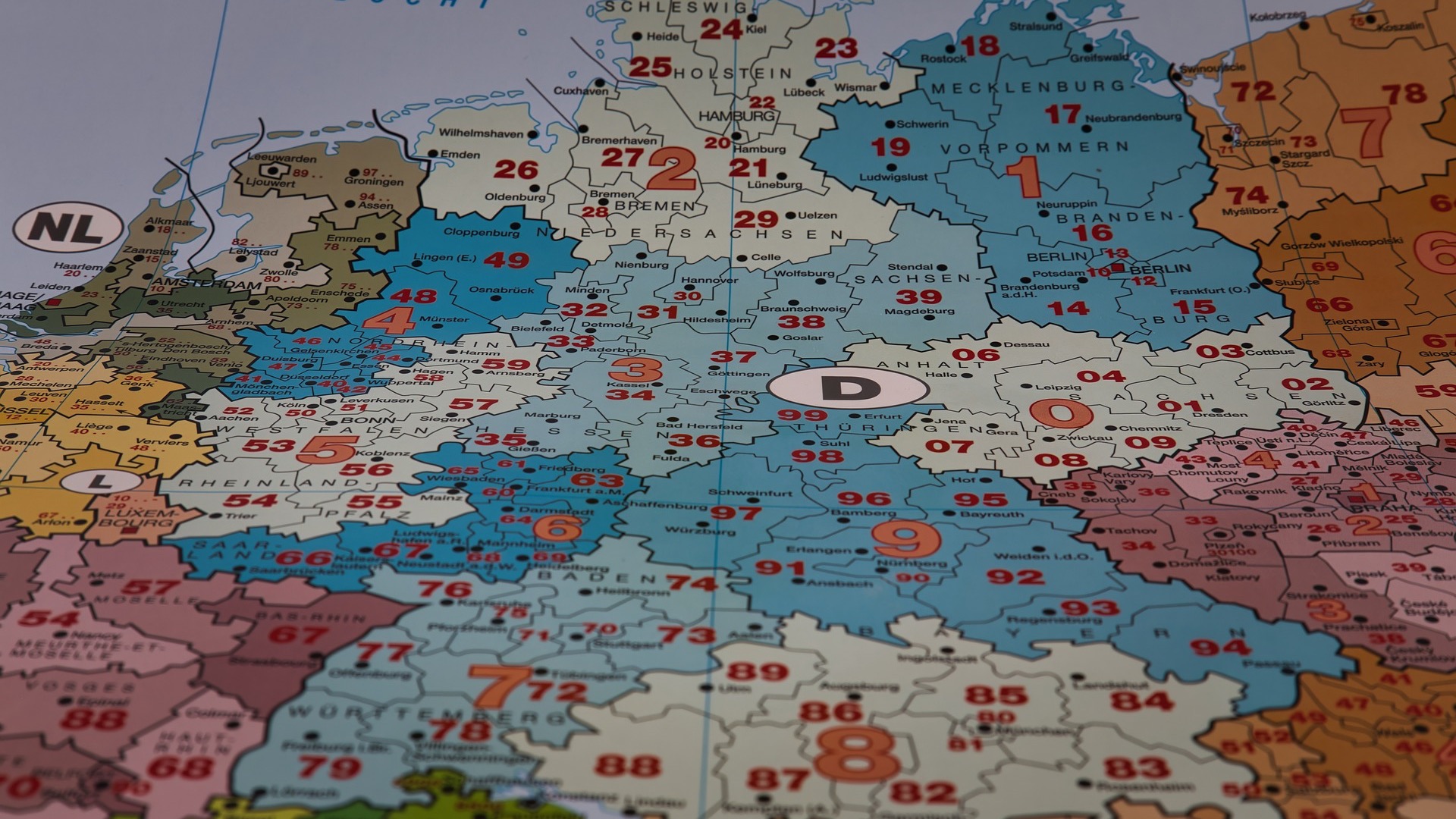
Asian Economies Amid Global Supply Chain Shifts: Diplomacy and Economic Resilience
Asia’s economic landscape in 2025 stands at the crossroads of globalization’s retreat and regional resilience. The region’s economies are reshaping supply chain architectures, embracing nearshoring, and strengthening intra-Asian partnerships, signalingtively recalibrating the global economic order from within. The region’s economies are reshaping supply chain architectures, embracing nearshoring, and strengthening intra-Asian partnerships, signaling a new era in global trade.

A Shifting Global Context
The ongoing wave of deglobalization—manifested through tariff escalations, diversification drives, and national industrial policies—marks a structural turn in global trade. According to the IMF, Asia is projected to contribute roughly 60% of global growth in 2025, with regional GDP expanding by 4.5%, despite pressures from U.S.–China trade frictions.
While Western economies increasingly pursue reshoring and protectionism to mitigate deindustrialization, Asian economies are charting a divergent path: internal consolidation combined with strategic realignment. China, South Korea, Japan, and ASEAN states are coordinating a pivot toward regional interdependence, blending technological self-reliance with diversified trade partnerships.
China: Pivot and Pressure Point
China remains the epicenter of Asia’s manufacturing transformation, recalibrating its economic model from quantity-based exports to high-value, low-carbon production. Policy priorities now emphasize semiconductors, photovoltaics, and new energy vehicles, with Beijing promoting self-sufficiency amid Western export restrictions.
This transition has also accelerated industrial relocation across Southeast Asia. Vietnam, for instance, absorbed over USD 38 billion in FDI in 2024, particularly in electronics and EV manufacturing, and plans to host three semiconductor fabs by 2040. Such redistribution highlights how supply chain realignment is reshaping Asia’s internal economic geography.
Southeast Asia’s Strategic Adaptation
ASEAN is emerging as a linchpin of supply chain resilience. Guided by the Master Plan on ASEAN Connectivity 2025, the bloc is addressing logistics bottlenecks through enhanced intermodal networks, digital customs systems, and the ASEAN Highway Network. Simultaneously, ASEAN’s diplomatic agility has turned geopolitical rivalry into opportunity. By 2025, ASEAN–GCC trade reached $50 billion, while partnerships with Japan, Australia, India, and South Korea generated over $200 billion in new investment commitments. The bloc’s “multi-alignment” strategy—balancing China’s Belt and Road projects with Western and Gulf engagement—demonstrates sophisticated diplomatic hedging that enhances both economic leverage and political autonomy.
Nearshoring and Risk Diversification
The nearshoring trend, once dominated by Western economies, now informs Asia’s positioning within global value chains. Multinationals are rebalancing capacity between established Chinese hubs and emerging Southeast Asian nodes to ensure operational proximity, shorter lead times, and regulatory compliance. AI-driven production, green logistics, and digital integration are reinforcing Asia’s competitive advantage, emphasizing agility over cost alone. Countries such as Thailand, Malaysia, and Indonesia are targeting high-tech and EV manufacturing to fill gaps created by U.S.–China tariff escalation.
Regionalism as Resilience
Asia’s response to deglobalization is anchored in multilayered institutional diplomacy. Frameworks like RCEP, CPTPP, and the emerging DEPA (Digital Economy Partnership Agreement) reduce trade friction and align regulatory norms, creating a lattice of cooperation across goods, data, and technology flows. These mechanisms convert Asia’s diversity into resilience, allowing internal dynamism even as external markets fragment. Intra-Asian trade now accounts for over 60% of the region’s exports, reflecting a decisive shift toward domestic and regional demand cycles. This internal circulation, bolstered by a growing middle class and expanding digital economy, ensures that Asia’s growth narrative is no longer solely export-driven.
Diplomacy for Economic Security
For diplomats and policymakers, Asia’s supply chain evolution signals both opportunity and strategic necessity. In a world of geo-economic fragmentation, economic diplomacy has become a core component of national security. Institutions such as ASEAN and APEC are pioneering cooperation on digital trade, green corridors, and emergency logistics interoperability. Asia’s capacity to mediate between competing global blocs positions it as both stabilizer and architect of future trade architecture. For Europe, particularly Germany, this offers strategic openings in sustainable infrastructure investment, semiconductor partnerships, and regulatory coordination within the Indo-Pacific.
Outlook for 2026 and Beyond
Despite geopolitical volatility, Asia’s transition from dependency to distributed value networks suggests a durable foundation for resilience. As Roland Berger notes, Asia is not simply adapting to deglobalization—it is shaping the next phase of global economic connectivity.
In essence, Asia’s transformation illustrates a paradigm where integration, not isolation, is the ultimate defense against global uncertainty. For global capitals—including Berlin—grasping this evolution is indispensable for navigating tomorrow’s diplomacy and trade.
Photo Credit: Asian Economy Stock Photos by Vecteezy






